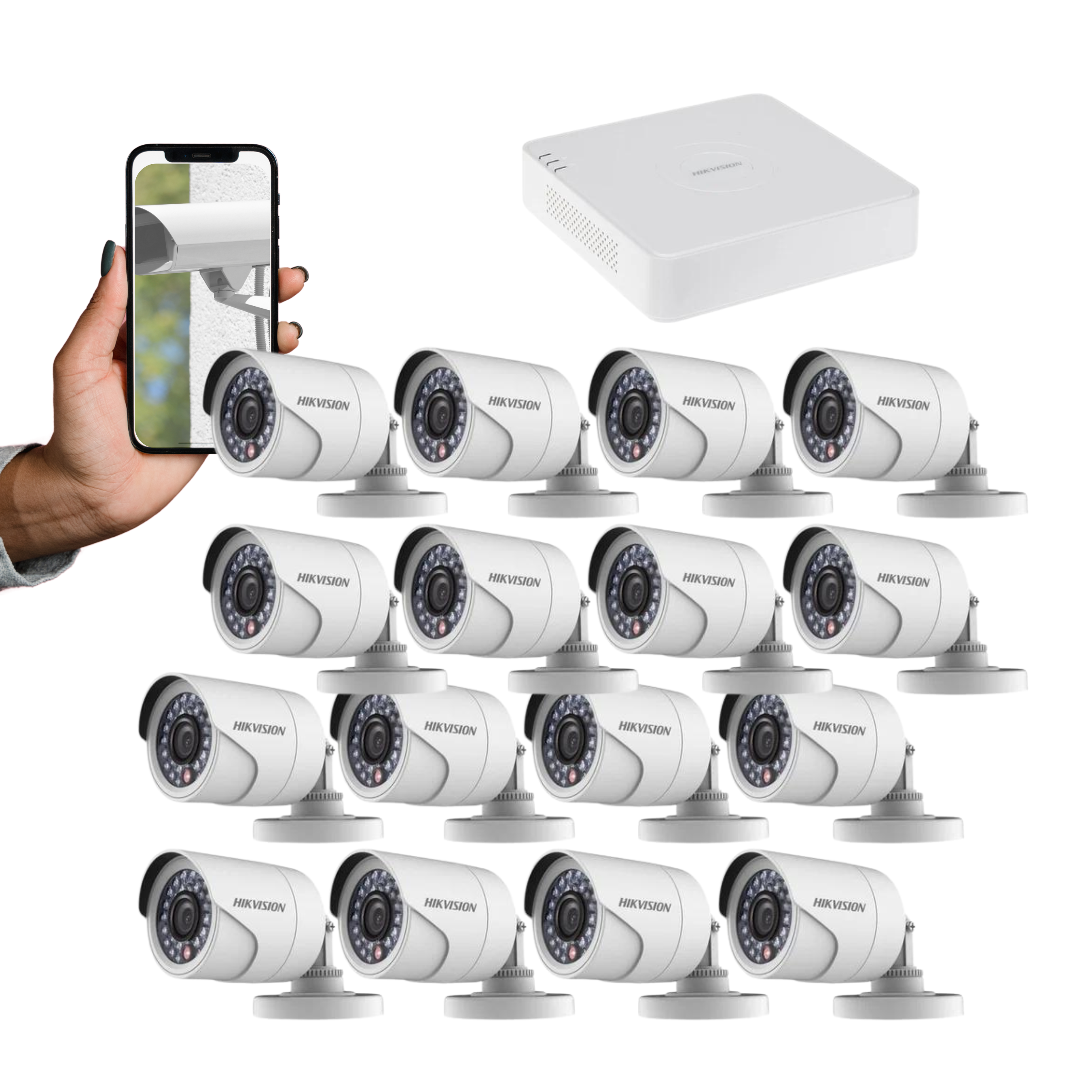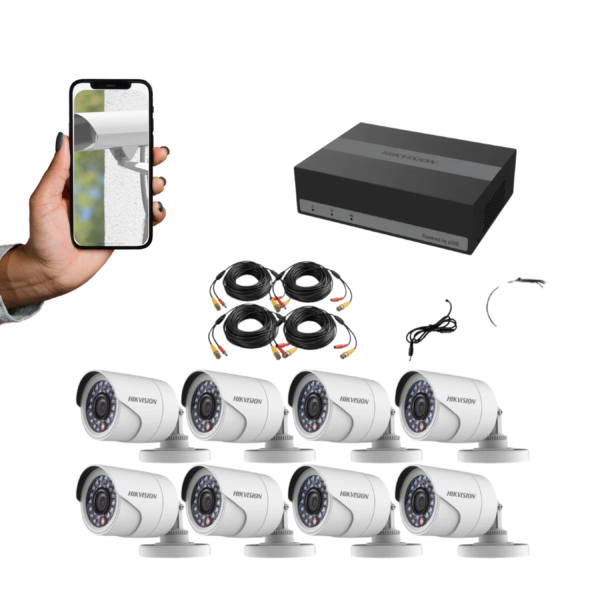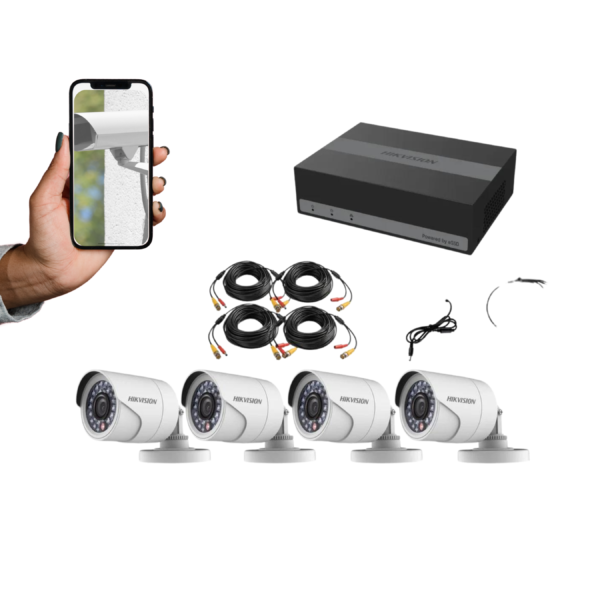Description
A regular CCTV installation with an 8-channel DVR ColorVu system typically offers comprehensive surveillance capabilities. Here’s a description of such an installation:
- Camera Selection and Placement: The installation begins with selecting appropriate ColorVu cameras suitable for both indoor and outdoor surveillance. These cameras are equipped with advanced low-light technology to capture color images even in low-light conditions. The cameras are strategically placed in key locations to provide maximum coverage of the area to be monitored.
- Mounting Cameras: Each camera is securely mounted in its designated location using brackets or mounts. Outdoor cameras may require weatherproof housing to protect them from the elements.
- Routing Cables: Cables are routed from each camera location to the central DVR location. This may involve running cables through walls, ceilings, or conduits to conceal them and protect them from tampering or damage.
- Installation of DVR: The DVR, which supports 8 channels for camera input, is installed in a secure location such as a server room, closet, or equipment cabinet. It should be placed in a location with adequate ventilation and access for maintenance.
- Connecting Cameras to DVR: Once the DVR is in place, cables from each camera are connected to the corresponding input channels on the DVR. This is typically done using coaxial cables or Ethernet cables, depending on the type of cameras and DVR being used.
- Powering the Cameras and DVR: Cameras require power to operate, so power cables are connected to each camera. The DVR also needs to be powered, usually through a standard electrical outlet.
- Configuring the DVR: The DVR is then configured to meet the specific requirements of the surveillance system. This includes setting up recording schedules, motion detection settings, video quality settings, and network configurations.
- Testing and Calibration: Once the system is set up, it is thoroughly tested to ensure that all cameras are functioning properly and that the DVR is recording footage as expected. Camera angles and settings may be adjusted for optimal performance.
- Monitoring and Maintenance: After installation, the CCTV system should be monitored regularly to ensure that it is functioning correctly. Routine maintenance, such as cleaning cameras and checking connections, should also be performed to keep the system running smoothly.
Overall, a regular CCTV installation with an 8-channel DVR ColorVu system provides comprehensive surveillance coverage with high-quality color imaging, even in low-light conditions.









Reviews
There are no reviews yet.